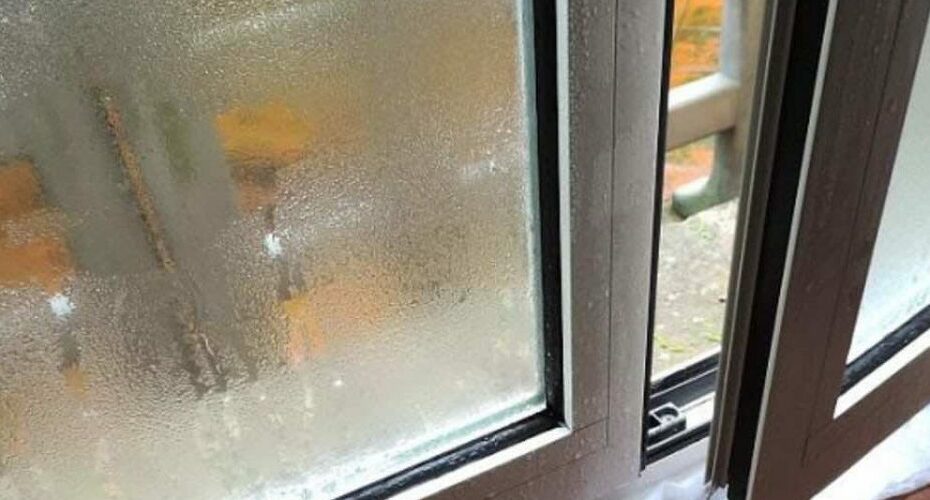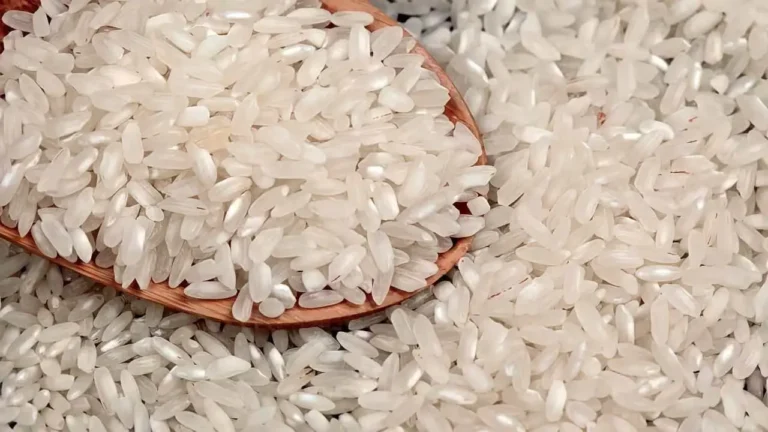Condensation on the windows, with 50 cents you can solve this annoying problem
Condensation on windows occurs when warm, moist air in the home hits a cold window.
This is a problem that can trigger a number of problems that can harm your health. Let’s see what cost-effective solution of just 50 cents we can adopt.
Condensation on the windows when it forms
Condensation on windows occurs when warm, moist air in the home hits a cold window. The water vapor in the warm air condenses on the cold surface of the pane and forms water droplets.
Condensation on the windows can cause problems such as mold and mildew, which can damage the windows and cause health problems to the residents of the home. It can also damage the walls and ceiling near the windows as well as the floor below.
To prevent condensation from forming on windows, it is important to maintain adequate humidity in the home and use a humidifier or dehumidifier if necessary.
It is also important to ventilate the house properly by opening the windows or using an extractor hood to circulate the air. Using curtains or lowering the blinds on the windows at night can help reduce condensation in the house to reduce.
The solution with 50 cents
Windows are subject to a rather annoying problem during the cold season, which is not always easy to eliminate. Unfortunately, there is no shortage of solutions to effectively solve this problem.
Condensation on window panes is a common problem and can quickly lead to dampness, mold and a dull appearance. But we can rely on a simple product that’s probably sitting on a kitchen shelf somewhere.
How do I remove condensation from windows? With baking soda, a common but versatile kitchen ingredient that’s great for combating condensation. .
For this solution, all you need to do is dissolve a teaspoon of baking soda in a glass of hot water. Then dip a soft, clean cloth into the solution and begin gently scrubbing the glass.
Finally, remove the residue with just a slightly damp cloth. One final pass and the home’s windows are spotless.
How to prevent windows from fogging up
There are several ways to prevent the windows in your home from fogging up, such as: E.g. proper ventilation, opening the windows or using an extractor hood to circulate air.
Maintaining adequate humidity in your home and properly insulating your windows will also prevent cold outside air from coming into contact with warm air in your home.
We need to ensure that there is a thermal gap between the windows and the surrounding walls to prevent warm air from condensing on the cold window.
Also avoid heat sources in the immediate vicinity of the windows, such as: E.g. radiators or heaters, as this can cause the windows to fog up.
Additionally, clean your windows regularly to remove dust and dirt that can contribute to fogging.
It goes without saying that old windows can be less efficient and therefore less able to insulate the home from outside air currents. If the windows are very old, it is advisable to consider purchasing new windows with double glazing and good seals.
Indoor plants to prevent condensation on the windows
Houseplants can help prevent condensation on windows as they can absorb humidity and help maintain appropriate humidity levels in the room.
Some plants that are particularly effective at reducing humidity are plants such as aloe vera, a plant known for its ability to absorb moisture from the air and which is easy to grow.
Pothos are also very effective at removing moisture from the air and thrive in low light conditions.
Keeping some of these plants indoors can help maintain proper humidity levels and therefore prevent condensation on windows.
However, it is important to know that adequate ventilation and insulation are still the best ways to prevent condensation on windows.






